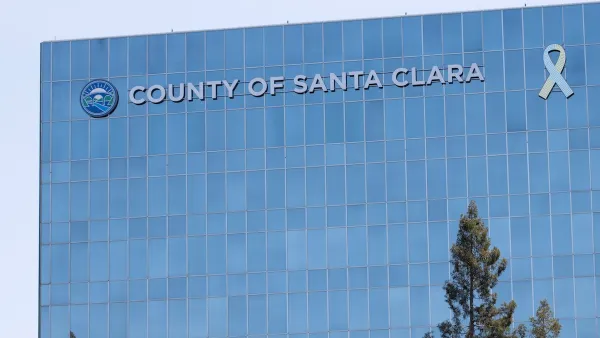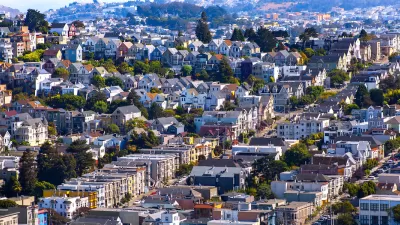A $10 billion high speed rail bond is winning with 52.2% voting 'Yes' with 95% of the precincts reporting. This would be the first state bond measure supporting high speed rail to be supported by voters in U.S., though it only funds 1/3 of costs.
"Proposition 1A would start funding construction of a high-speed rail line between the Transbay Terminal in San Francisco and Los Angeles Union Station. The trip would take about 2 1/2 hours, according to the High Speed Rail Authority, and would cost $55 one way.
The system would be the largest public works project in California history - bigger than the California Aqueduct - and would cost $32 billion for the main line between San Francisco and Los Angeles and another $10 billion to $12 billion to complete the network with extensions to San Diego, Sacramento and Riverside County. The state is banking on getting about a third of the construction budget from state taxpayers, a third from the federal government and a third from private investors.
Legislators originally placed the rail bond on the ballot in 2004, but postponed it twice at the request of Gov. Arnold Schwarzenegger, who said the state couldn't incur further debt. Although he has warned that the state may face a $10 billion deficit in its month-old budget, the governor is supporting the rail bond as an important investment in the state's transportation system."
FULL STORY: High-speed rail proposal has narrow lead

Maui's Vacation Rental Debate Turns Ugly
Verbal attacks, misinformation campaigns and fistfights plague a high-stakes debate to convert thousands of vacation rentals into long-term housing.

Planetizen Federal Action Tracker
A weekly monitor of how Trump’s orders and actions are impacting planners and planning in America.

Chicago’s Ghost Rails
Just beneath the surface of the modern city lie the remnants of its expansive early 20th-century streetcar system.

Bend, Oregon Zoning Reforms Prioritize Small-Scale Housing
The city altered its zoning code to allow multi-family housing and eliminated parking mandates citywide.

Amtrak Cutting Jobs, Funding to High-Speed Rail
The agency plans to cut 10 percent of its workforce and has confirmed it will not fund new high-speed rail projects.

LA Denies Basic Services to Unhoused Residents
The city has repeatedly failed to respond to requests for trash pickup at encampment sites, and eliminated a program that provided mobile showers and toilets.
Urban Design for Planners 1: Software Tools
This six-course series explores essential urban design concepts using open source software and equips planners with the tools they need to participate fully in the urban design process.
Planning for Universal Design
Learn the tools for implementing Universal Design in planning regulations.
planning NEXT
Appalachian Highlands Housing Partners
Mpact (founded as Rail~Volution)
City of Camden Redevelopment Agency
City of Astoria
City of Portland
City of Laramie




























